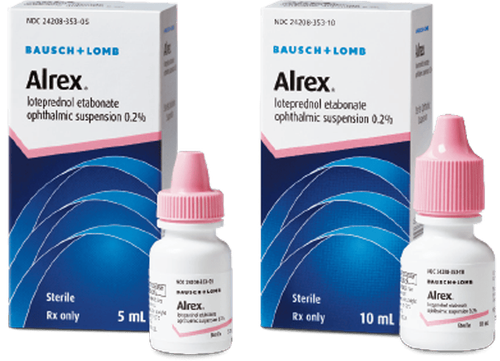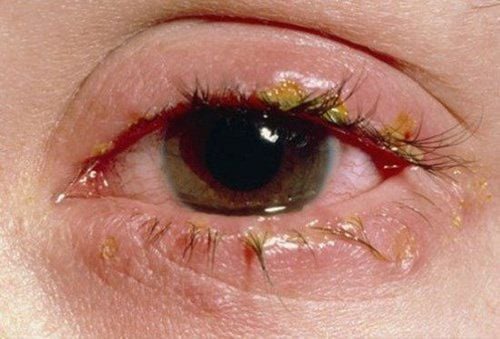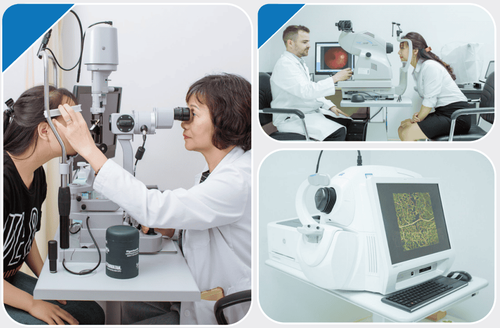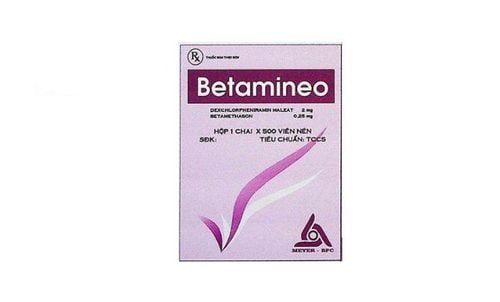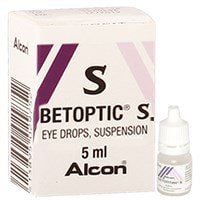This is an automatically translated article.
The article was professionally consulted by Specialist Doctor II Nguyen Thai Hung - Department of Medical Examination & Internal Medicine - Vinmec Danang International Hospital. Specialist II Nguyen Thai Hung has 13 years of experience as a doctor treating eye diseases.The retina is the inner part of the eye that receives light signals. There are many different diseases that cause damage to the retina, one of which is hypertensive retinopathy. It can partially or completely affect a person's vision.
1. What is hypertensive retinopathy?
The retina is a layer of tissue at the back of the eyeball, a part of the inside of the eye that receives light signals. The retina contains many blood vessels. Abnormalities in the vascular system are a major cause of retinal diseases, including hypertensive retinopathy.Hypertensive retinopathy occurs when the patient's blood pressure is high, the retinal blood vessel wall thickens, narrowing the blood vessel lumen. As a result, the blood supply to the retina is reduced and in some cases, retinal edema occurs. Over time, high blood pressure can damage the blood vessels of the retina, limiting retinal function and putting pressure on the optic nerve, causing many vision problems.
Blood pressure retinopathy is mainly seen in people who are less physically active, are overweight, are often stressed, eat a lot of salt, have prolonged high blood pressure, have heart disease, atherosclerosis, and diabetes. sugar, high cholesterol, smoking a lot, drinking alcohol,...
2. Symptoms of hypertensive retinopathy
In its early stages, hypertensive retinopathy often has no obvious symptoms. However, when the condition becomes really serious, many symptoms appear such as:Decreased vision. Broken blood vessels. Double vision comes with headaches.
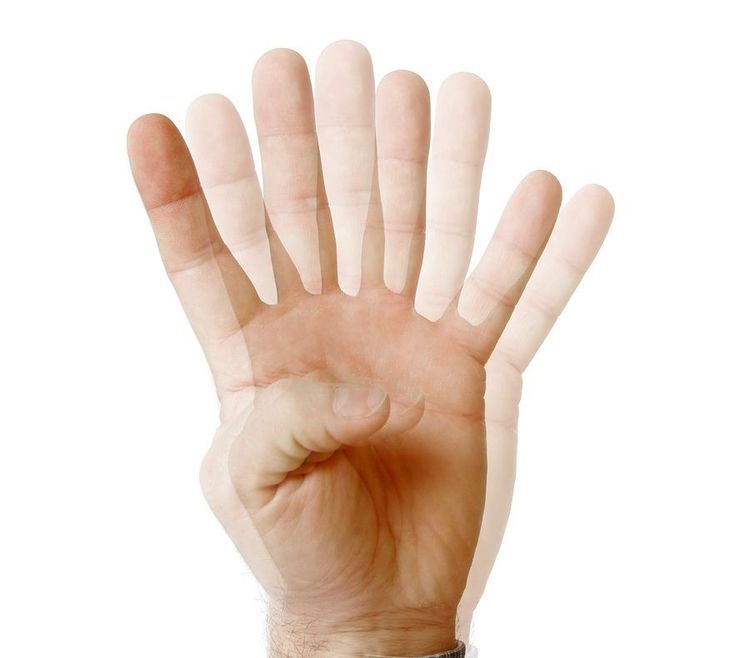
3. Measures to diagnose hypertensive retinopathy
Ophthalmoscope: The doctor uses an ophthalmoscope to examine the patient's retina. This device shines light through the pupil (the pupil), allowing the doctor to check the back of the eye for signs of narrowed or damaged blood vessels. This procedure takes only a few minutes and is completely painless for the patient. Fundus or retinal scan: The doctor uses a special eye drop to dilate the pupil and then takes pictures of the patient's eyes. After the first scan, your doctor will inject a dye called fluorescein into a vein, usually in your elbow. Finally, the doctor takes other pictures as the dye moves into the blood vessels of the eye, helping to accurately check the blood flow in the retina to diagnose if you have hypertensive retinopathy.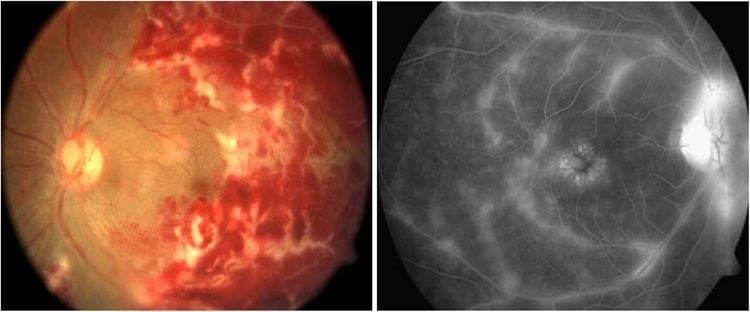
4. Grades of hypertensive retinopathy
Hypertensive retinopathy is usually expressed on a scale of 1 to 4 representing the severity of the disease. They are:Grade 1: the retinal artery is mildly narrowed, constricted. Grade 2: similar to grade 1 but with more severe vasospasm, called an arteriovenous malformation. Grade 3: has all the symptoms of grade 2, with additional symptoms of retinal edema, microaneurysms, cotton or retinal hemorrhage. Grade 4: have signs of grade 3 but at a more severe level: papilledema and macular edema. People with grade 4 hypertensive retinopathy have a high risk of stroke and are more likely to face heart or kidney problems. At this level, the optic nerve can swell and cause serious vision problems.
5. Complications of hypertensive retinopathy
People with hypertensive retinopathy have an increased risk of developing retina-related complications such as: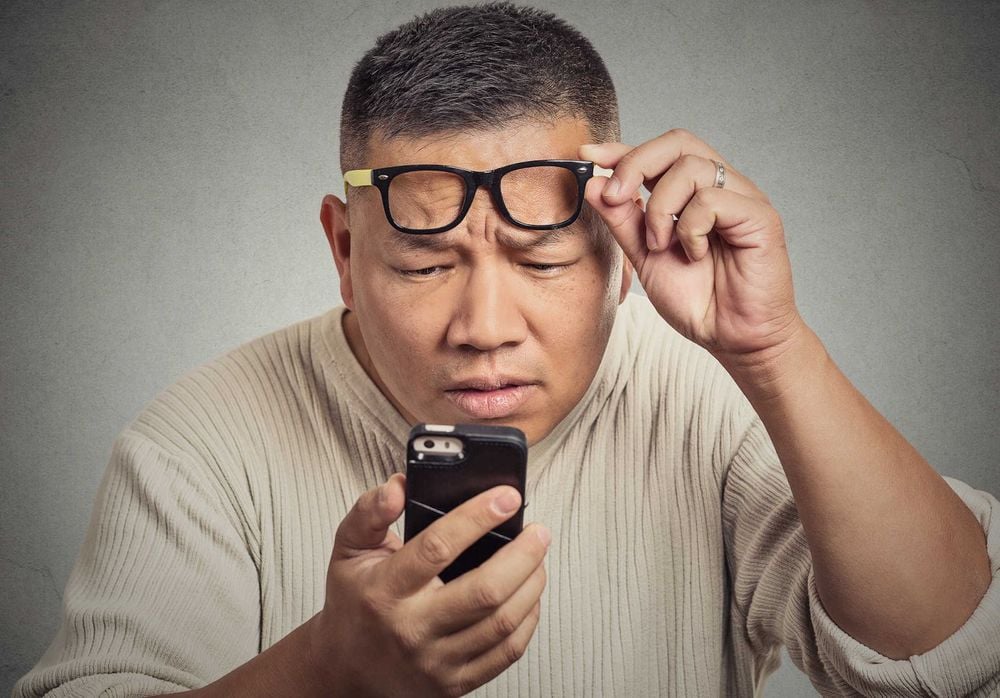
6. Prevention and treatment of hypertensive retinopathy
Effective prevention and treatment of hypertensive retinopathy is blood pressure control combined with medication and healthier lifestyle changes. Specifically:Prevention of disease by adjusting lifestyle
Eating a lot of fruits and vegetables has the effect of reducing blood pressure. Regular physical activity reduces the amount of salt the body absorbs. Limit the use of substances containing caffeine and alcoholic beverages. Quit smoking and lose weight, keeping your body weight at a healthy level. Proper nutrition. Check blood pressure regularly. Periodic fundus examination every 3 to 6 months for patients with high blood pressure to detect and treat retinopathy early.
7. Treatment of hypertensive retinopathy
People with high blood pressure need to have regular eye exams to reduce the risk of blindness. Use of blood pressure medications such as diuretics, beta-blockers or ACE inhibitors,... prescribed by a doctor. direct. When blood pressure is controlled, retinopathy will be markedly improved. Use varicose veins, enhance retinal circulation, increase vascular strength. People with high blood pressure and optic nerve edema need emergency treatment in a hospital. Laser treatment of retinal photocoagulation when there are ischemic lesions or retinal neovascularization. Vitrectomy when there is prolonged bleeding. People with hypertensive retinopathy should strictly follow their doctor's instructions about taking medication and have regular checkups, and strictly follow blood pressure control methods to avoid permanent vision damage. .Please dial HOTLINE for more information or register for an appointment HERE. Download MyVinmec app to make appointments faster and to manage your bookings easily.






